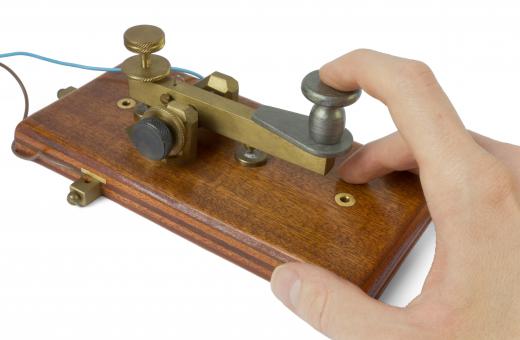A utility pole is a type of support system that is commonly employed to suspend utility wires and cables overhead. One of the main advantages of this type of suspension system is that utility workers can easily access the cables when there is a need to make repairs or replacements. First employed during an age when the concept of residential access to electricity became popular, a utility pole will is often shared by several different providers, including the local power company, cable company and telephone provider. While originally constructed with some type of treated wood, the poles of today may also be constructed using durable metals.
The general concept of the utility pole predates the establishment of major utilities that supplied power and other resources to businesses and homes. During the early to mid-19th century, the telegraph pole served a similar function, providing a suspension system for telegraph wiring that made the process of sending telegraphs simple and easy. As modern utilities began to develop in the latter part of the 19th and early part of the 20th centuries, adapting the telegraph pole to these new applications was a logical step.

Typically, a utility pole is actually owned by one particular service provider, who in turn leases space on the pole to other utilities. For example, the local power company may own and maintain the poles found in a given community, sometimes referring to them as power poles. The power company grants access to the local telephone provider and cable company, allowing those entities to also run wiring and cable into the community via the existing network of poles. This approach serves the community well, in that each utility does not have to invest in and maintain their own poles, a situation that would tend to drive up costs as well as litter the community streets with a significantly larger number of poles.

One of the practical aspects of using a utility pole network is that workers can easily access the cables connected with the poles when and as necessary. This ability to reach and work with the cables without a lot of difficulty can come in very handy when there is an interruption of service. On the other hand, the use of a utility pole network to suspend utility cables above the ground level also comes with some added risk, in that the cables are exposed to severe weather conditions that could in turn increase the chances of the cables snapping or otherwise failing.

In recent years, some communities have worked with utility providers to move away from use of the utility pole. Instead, cable and wiring is run through conduits situated below ground, sometimes as part of the municipality’s sewer network. The idea is to allow city streets in both commercial and residential areas to have a more natural look, rather than being marred by the presence of a series of telephone or power poles with multiple cables strung down and across the streets.
